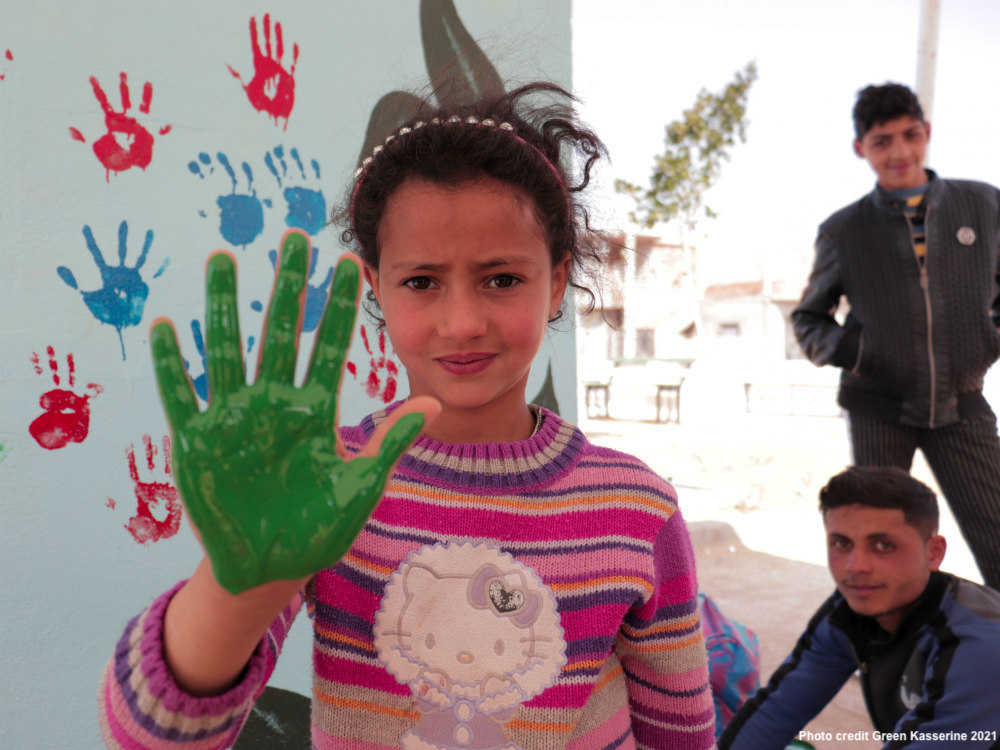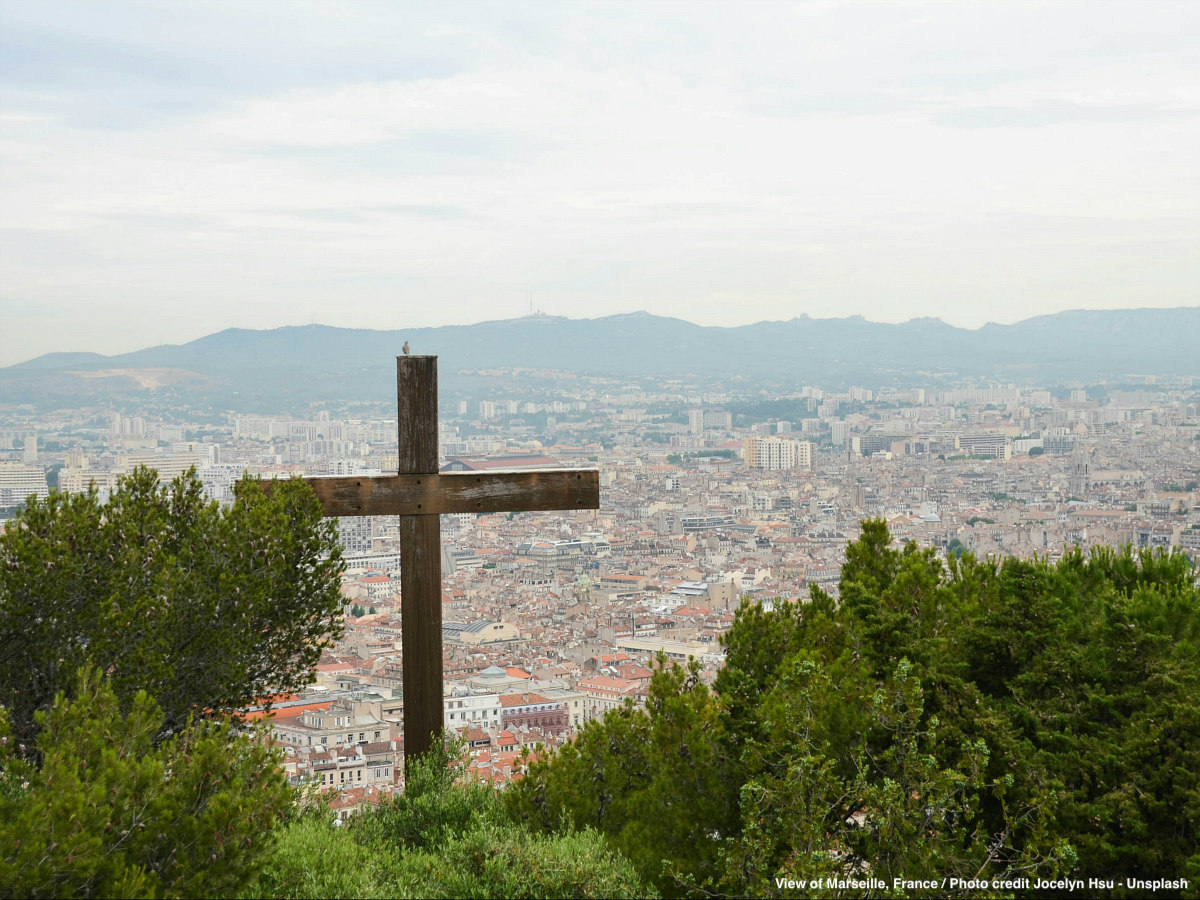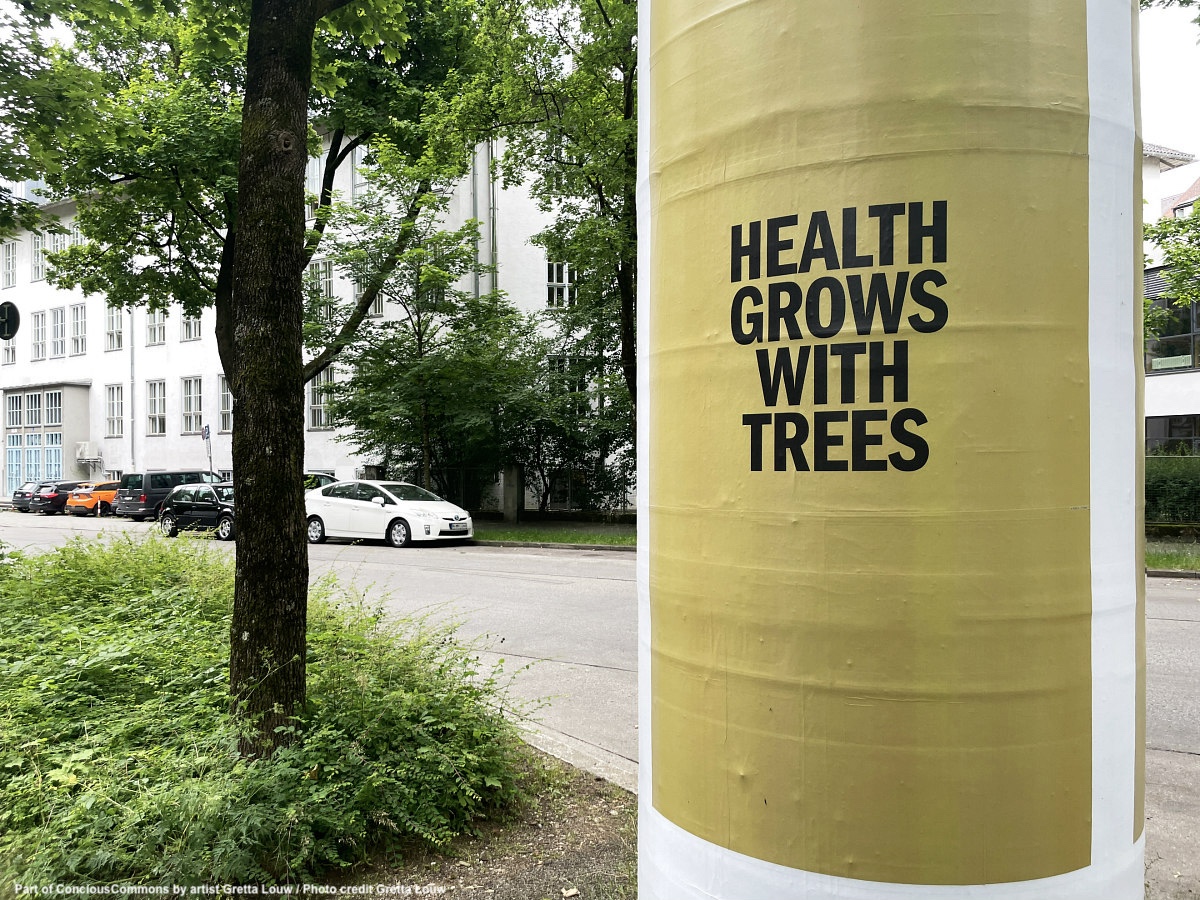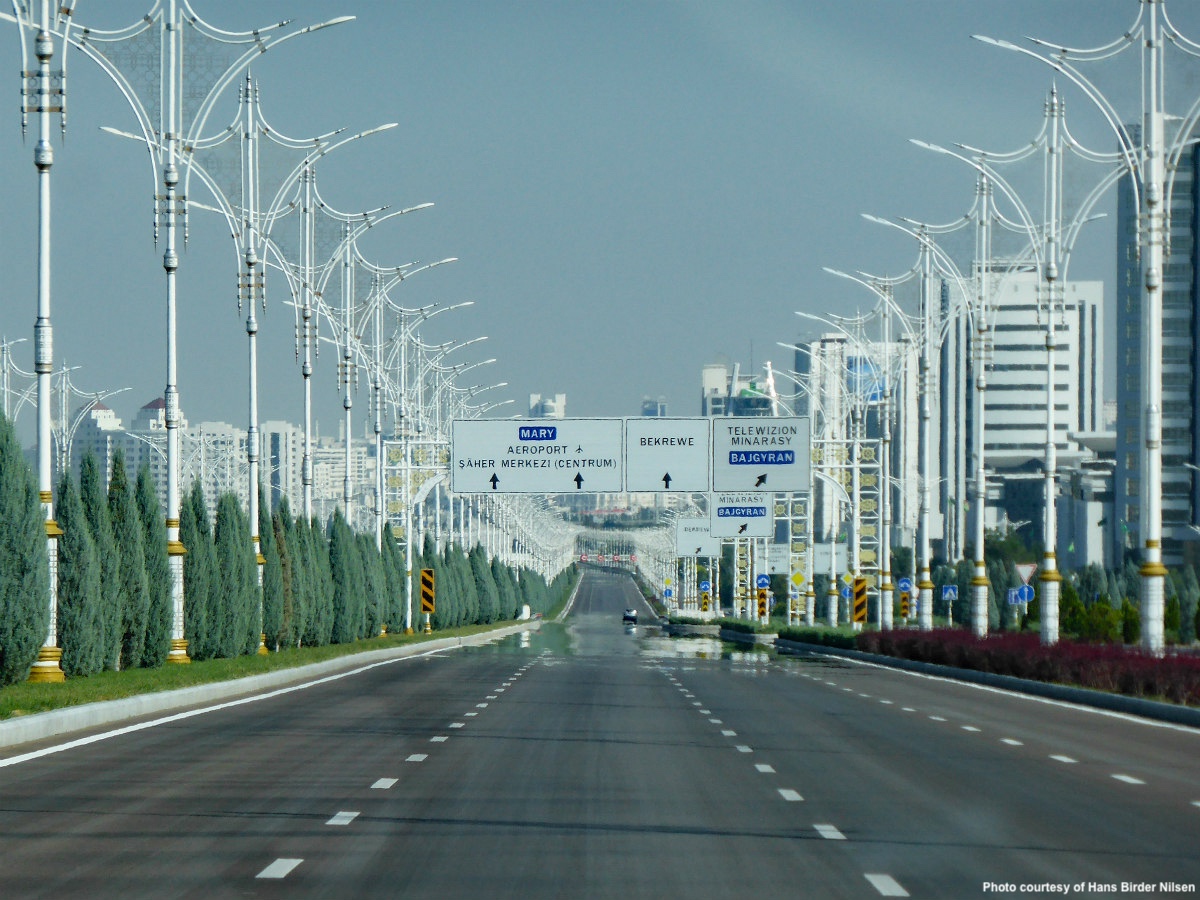Usually Kasserine goes unnoticed, but this town in western Tunisia has often intertwined with European history. At the Kasserine Pass a series of battles took place during World War II between the Allies and the Axis forces in the North African campaign. Years before Spanish republicans looked for exile in Kasserine fleeing from Franco’s dictatorship.
Around seventy years later Kasserine has been the protagonist of a history of its own. In the neighbouring city of Sidi Bouzid, Mohamed Bouazizi — a young, unemployed graduate with no other future than work as a street vendor to subsist — set himself on fire in front of the city’s government buildings in December 2010. This brutal expression of frustration in the public space, the feeling of being unheard, turned this town into the epicentre of the uprising against Zine el Abidin Ben Ali’s dictatorship and spread beyond its borders. Kasserine was next to join the protests.
It is no coincidence that the Arab Spring had its roots in the inland regions of Tunisia, which were long marginalised by the oppressive state. Unfortunately they remained so after the fall of the dictatorship of Ben Ali. Kasserine barely benefited from the 2011 revolution and the lack of opportunities for its young population (total 35.000, 24% under 15 years old) remain acute. School dropouts and young graduate unemployment rates are both high. This situation has led to an exodus from a region where industry offers little job opportunities and agriculture is the main economic activity.
But most notably, anger and disenchantment, poverty and social exclusion, makes the threat of violence rampant. A news feature by France 24 reported that some young people from sensitive neighbourhoods in cities of inland Tunisia, who participated in the revolution, became radicalised, and were entrenched in the mountains surrounding Kasserine. Also smuggling is seen by youngsters as a “legal” practice and only source of income thanks to a porous border with Algeria not far away.
Kasserine’s young democracy can at moments feel daunting. But its residents are determined to keep the resilience and perseverance that put them on the path to democracy eleven years ago.
In 2016 the city authorities of Kasserine approached the city of Munich and asked specifically for help to redesign a public square in the working-class neighbourhood of Cité Aouled Nasrallah. Munich is Kasserine’s project-partner within the frame of the regional project City-to-city cooperation program, implemented by Deutsche Gesellschaft für Internationale Zusammenarbeit (GIZ) and Servicestelle Kommunen in der einen Welt (SKEW), funded by the Federal Ministry for Economic Cooperation and Development (BMZ).
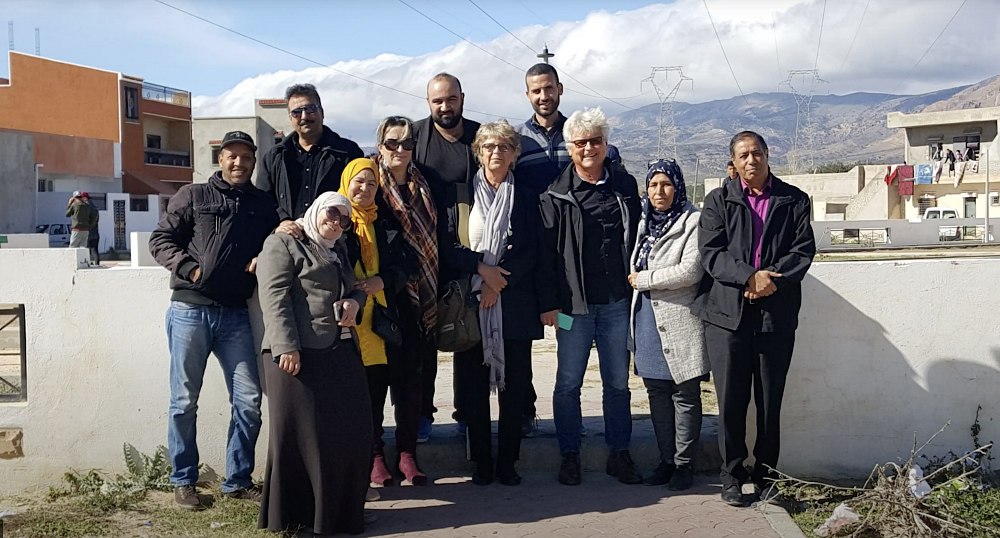
Despite all the problems of this distressed region, why has a public square caught the attention of the city authorities of Kasserine? I had an interesting conversation with Camilla Huys, who shed more light on this question. She works for the Department of Labour and Economic Development of the city of Munich in the “Municipal Development Cooperation” team building bridges into the world, especially with the global south.
While the understanding of democracy and the right to have a say has grown significantly in the local government of Kasserine, people are demanding spaces of expression of freedom at the local level in Tunisia’s post-revolutionary era. Century old centralised state structures meant that municipalities had hardly any powers and little capacity to control their local development and its city services in general.
This is the other democracy behemoth in North African cities, sustainable and just urban development, at a time when challenges are growing along with a rapid urbanisation process in the region. After the Arab Spring, Huys explains, citizens began to demand quality and efficiency in municipal services, as well as proximity to the people, transparency and opportunities to participate in local politics.
In this context, the organizations GIZ and SKEW launched the project “Municipal Cooperation Maghreb-Germany” on behalf of the BMZ on a city to city eye level. “The aim is to strengthen the capacities to deal with the challenges of sustainable urban development at the municipal level and the intercultural skills on both sides through the exchange of experiences and the joint development of solutions.”
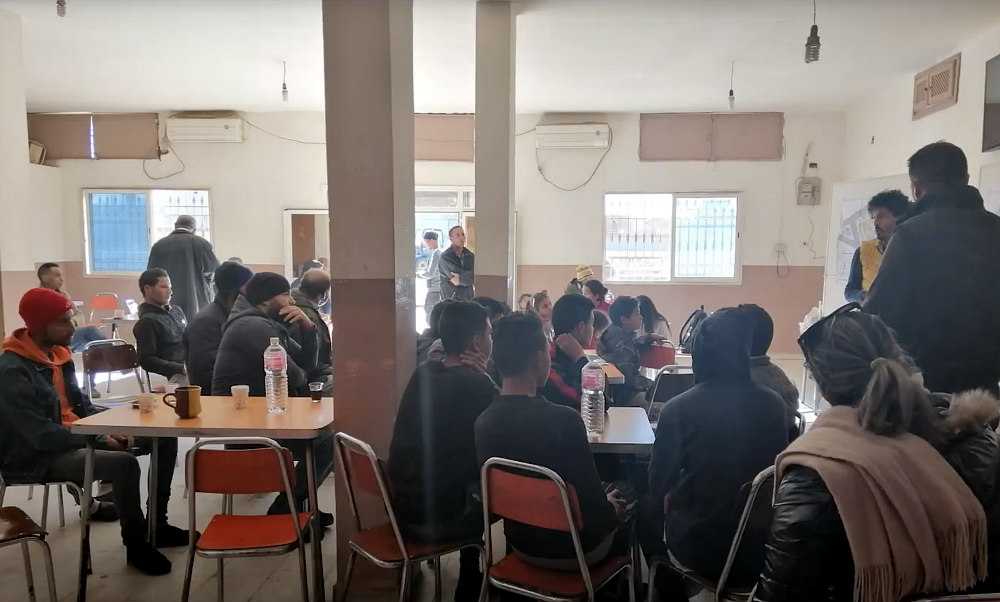
The city of Munich reacted to this window of hope. Kasserine’s request was bang on and presented an opportunity to strengthen the young democracy in Tunisia with a city-to-city cooperation approach focusing on the local scale but setting up a significant fundament for other projects going forward. A team of engaged municipal employees, pulled together from the Department of Public Construction and coordinated by the Department of Labour and Economic Development, European and International Affairs, introduced the concept of citizen participation for the redesign of the space to Kasserine’s public authorities.
Where citizens and city architects were once silenced, now they could participate together in revitalising an abandoned square – often used as a dumping site – and dismantle old conflicts between architecture, the local people and the local government. The female architect, Zina Souiffi, played an active role travelling with a colleague to Munich for a know-how exchange. Once there they attended citizen participation workshops in Munich accompanied by municipal staff.
Back in Kasserine, the Munich team helped with the organisation of workshops with residents of the Cité Aouled Nasrallah neighbourhood. Two separated groups of female and male participants, including adults, youngsters and children, came up with their best ideas in shaping a space of their own. Agitated discussions, needs and wishes were moderated to reach a consensus which became the basis for planning and execution.
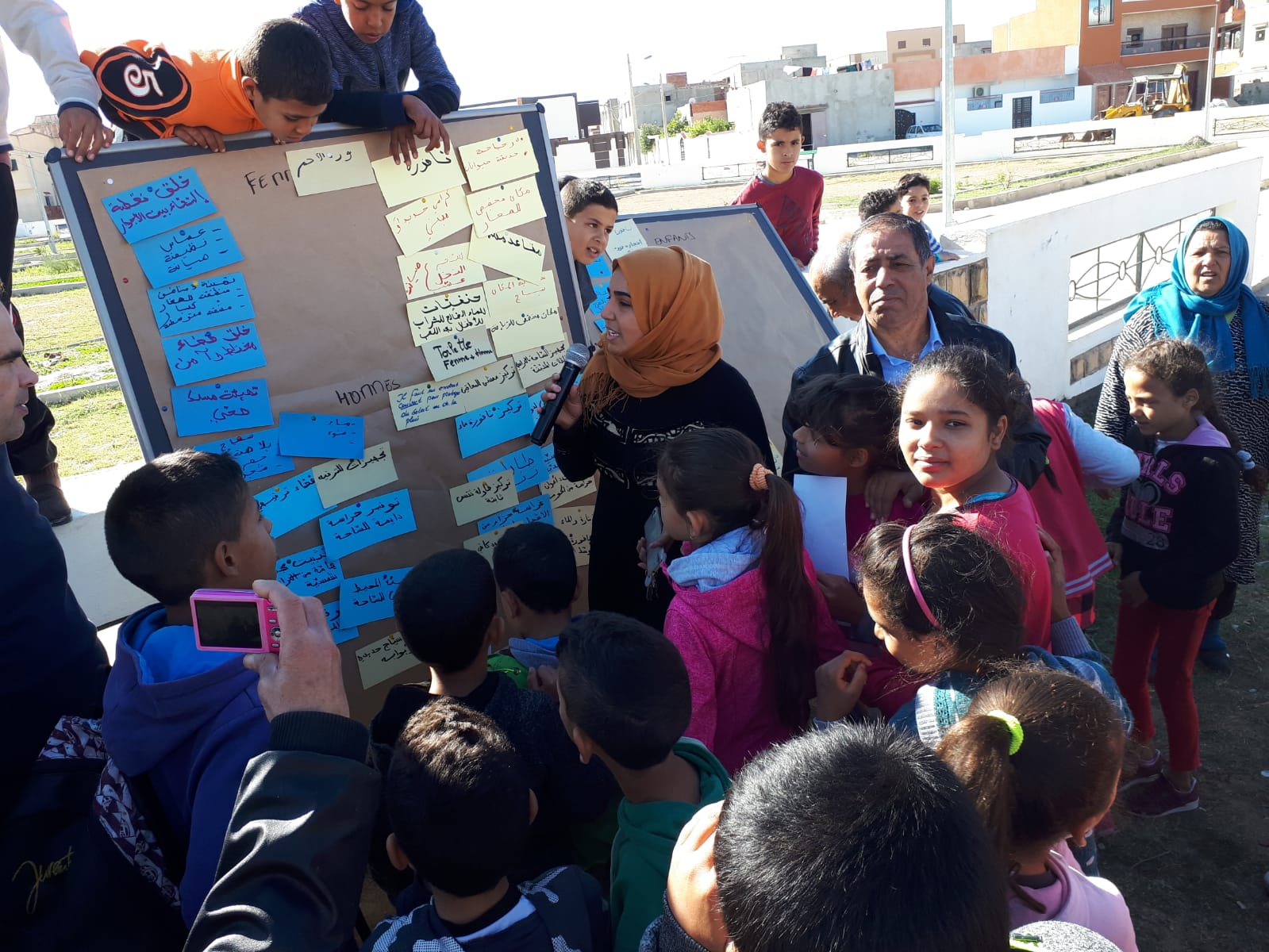
“A shaded place to sit,” suggested local women; “a ground to play petanca?”, inquired local men. A slide and a swing for kids, a ramp for the disabled in wheelchairs, a fountain, and 40 new plants, all were ideas implemented at the Parc de la Cité Olympique, a name decided by the participants. The name suggests that ambitions are high but so will be the commitment to keep the space well-maintained, a task supervised by the grassroots association Green Kasserine. Democracy is not for free and it also comes with responsibilities. “I really like this park. We have to protect the plants here. If I see someone destroying the park, I’ll stop them,” says nine years old student Issra Nasraoui.
Participation contributes to embed in people’s minds a sense for their own individual rights but also the strength of the collective – Katrin Habenschaden, second Mayor of the city of Munich
This city to city cooperation takes transparency and democracy at heart. “We, the Department of Labour and Economic Development, see ourselves as the catalyst for the transfer of knowledge from here, in this case from the Department of Public Construction [in Munich], to our counterparts in the city administration of Kasserine,” points out its director, Clemens Baumgärtner. Contrary to what history has shown us, it is up to Kasserine’s city authorities and its citizens to redesign the space without intimidation or imposed solutions on how they want their public spaces, their city, to look like.
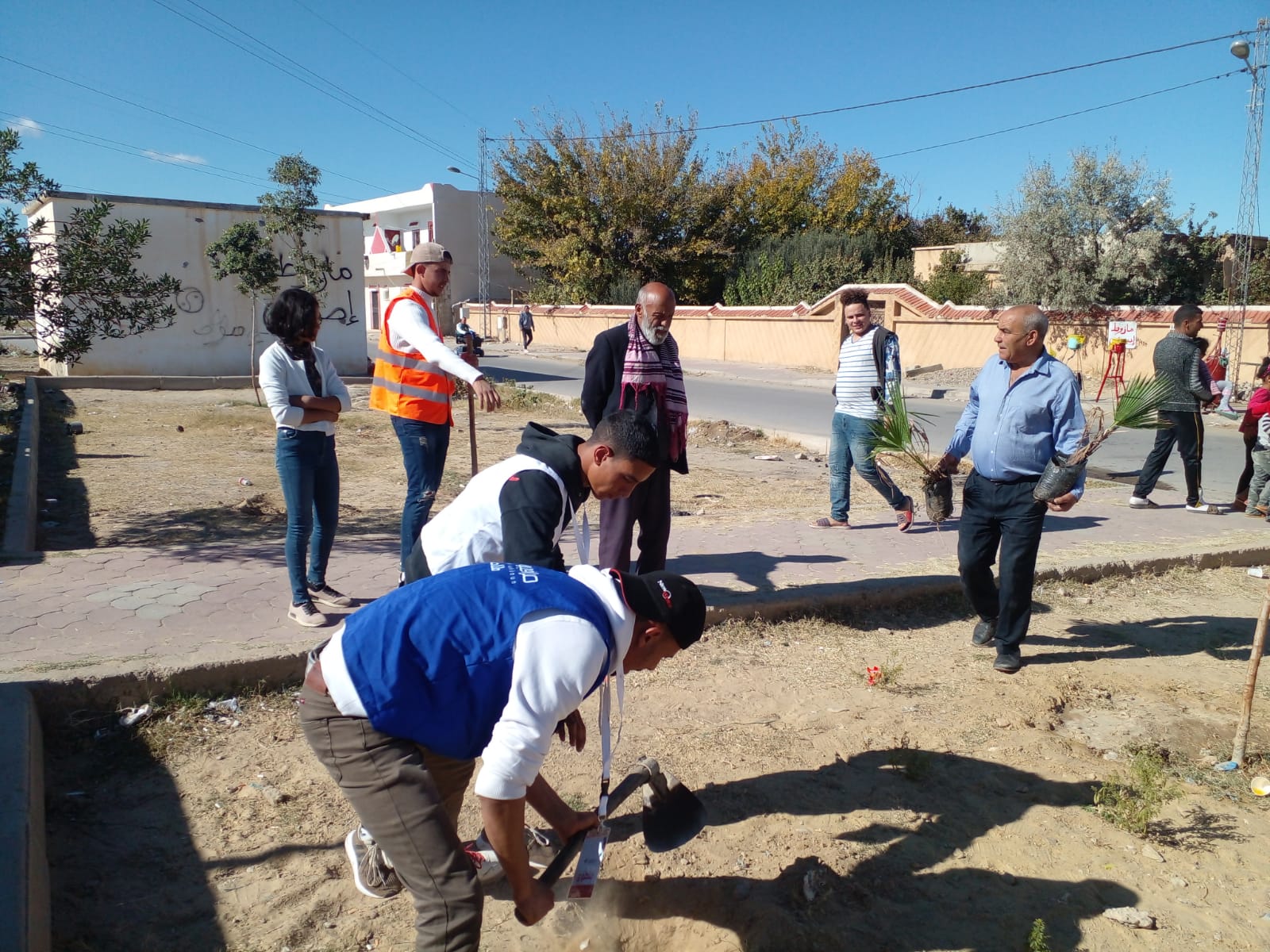
Our European history intertwined with the Arab world often bore negative effects. Colonial authorities imported or rather imposed Western models on Arab cities which included the growing trend of parks and public spaces of the 19th century but left them to their own fate when dictator regimes took over. Suddenly benches and shade trees disappeared from public squares in a move of fear to disrupt public gatherings and intimidate people.
However, kids playing on the streets have always been regular scenes of spontaneity in the Arab world at which many Western cities look on with envious eyes. But public spaces that provoke encounters between strangers to talk and exchange different opinions are also essential. Sensibly designed, this humble space in Kasserine perfectly conveys how democratisation starts from below and can work for ordinary people.
“Citizen participation is the most sustainable way to strengthen civil society, especially in young democracies such as in Tunisia. Participation contributes to embed in people’s minds a sense for their own individual rights but also the strength of the collective,” states Katrin Habenschaden, second Mayor of the city of Munich speaking about the project.
In a joint reflection between Huys and Kasserine’s architect, Souiffi concluded that “the added value of this municipal exchange with Munich was that we were able to test something completely new for Kasserine.” But Munich is also learning from Kasserine and a friendship between both cities has evolved. If we think of many other cities in this disrupted world, could this model of city to city cooperation reset democracy?
A short film of the project is here.
